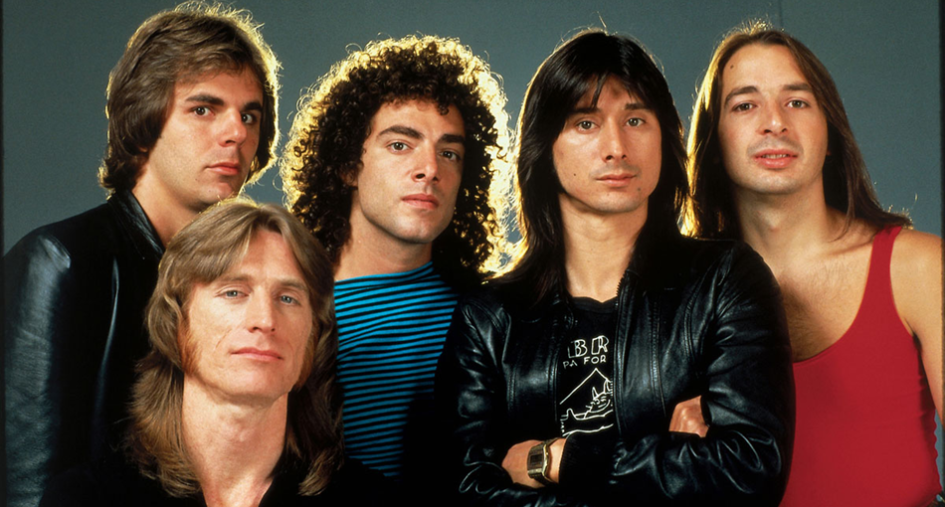How many times have you heard “it’s not the destination, it’s the journey”?
A few?
And some will ask… “Is it? Is it really?”
And short answer might be, Yes.
According to research what keeps people behaving and doing the behaviors that help them achieve their goals is focusing on the journey not the destination. Positioning the behavior change as a journey drives growth after the goal is attained. Meaning – we keep doing the behaviors.
The research results of 6 studies, involving over 1,600 people, showed that positioning a goal one achieved as a journey completed compared with reaching a destination, or a with no-metaphor control group showed a greater likelihood of people continuing behaviors that got them to their goal.
Meaning – behavior change when positioned as a journey helped more people continue doing what they did during the journey. The reasoning according to researchers, is when the activity is positioned as a journey it helps the participants see it as a personal growth achievement. They were “better” people having completed the journey – not just people who achieved a “goal.” And what that says to me is that the behaviors are now part of who they are, and to remain consistent with who they are, they need to keep doing the behaviors. (BTW – that is my interpretation – not the researcher’s.)
Sound like something you would want your participants to do … continuing to follow the steps to the sale?
How can you use this in program design?
Simple.
- Call it a journey instead of a “rule” or a “program.”
- Break the desired behaviors into steps and allow the participant to see the progress along the path.
- Use graphics to depict the steps as a journey.
Anything you can do to continue the journey metaphor probably will help enhance the long-term impact of your program.
Give it a shot… remember… the journey of a thousand miles begins with a single step.
(PS: you just knew that was coming right?)





Recent Comments